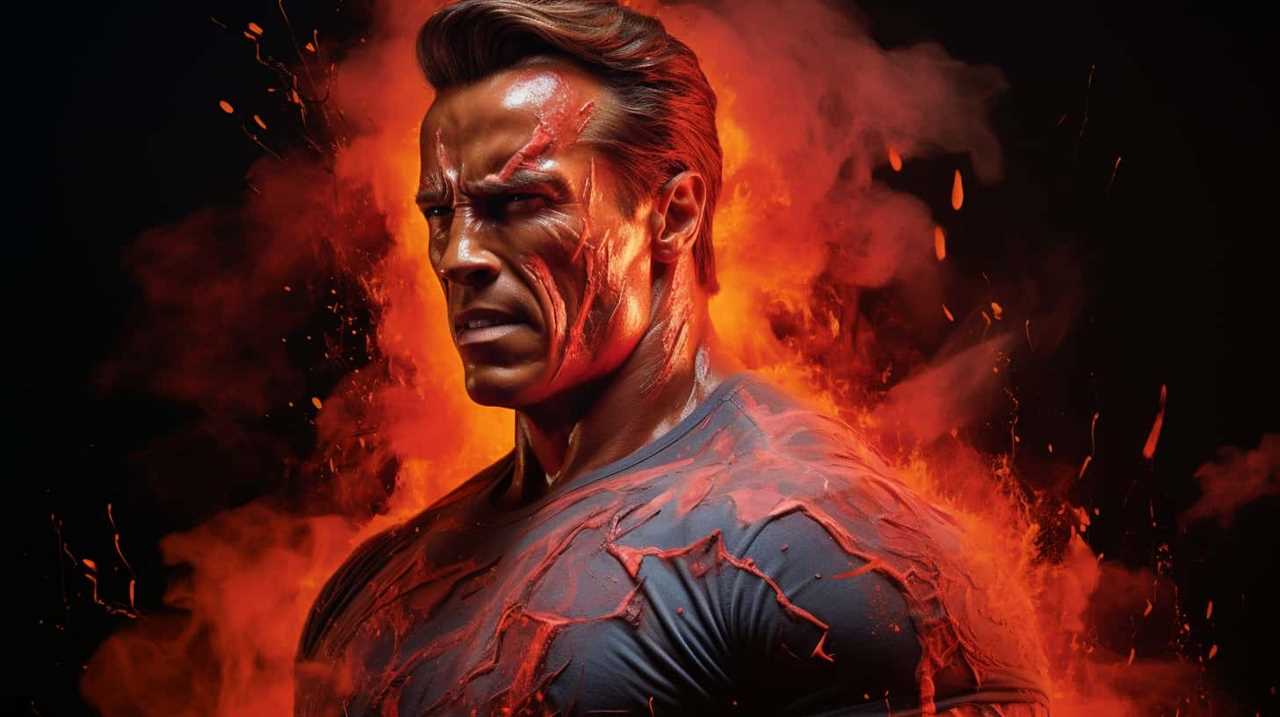Why do we find these movie one-liners so incredibly humorous?
Well, they’re like the sparkling punchline of a joke that catches us off guard and leaves us doubled over with laughter. It’s fascinating how a few carefully crafted words can have such a profound effect on our sense of humor.
As someone who appreciates innovation and the power of creativity, I am constantly intrigued by the magic behind these comedic gems. From timeless classics to modern blockbusters, these witty lines have become iconic and continue to bring joy to audiences worldwide.
In this exploration, we will delve into the appeal of these laugh-inducing one-liners and uncover the artistry behind their creation. Get ready to immerse yourself in the world of clever movie dialogue and discover why it never fails to crack us up.

Key Takeaways
- Classic one-liners have a timeless quality that still makes us laugh and are embedded in our culture.
- Comedic timing and clever writing play crucial roles in creating iconic one-liners.
- Memorable movie quotes have become iconic in popular culture and resonate with audiences long after the movie.
- Comedic timing, delivery, and cultural references contribute to the impact and laughter-inducing power of one-liners.
Classic One-Liners That Still Make Us Laugh
Classic one-liners still crack me up. There’s something about those memorable comedic moments that never fail to bring a smile to my face. Whether it’s a witty remark or a clever punchline, these one-liners have become iconic in the world of comedy. What makes them so special? It’s all about the comedic timing techniques employed by the actors and the clever writing behind them.
Comedic timing is an art form that requires precision and skill. It’s the ability to deliver a punchline at just the right moment, maximizing its comedic impact. When done right, it can turn an ordinary line into a hilarious one-liner that sticks with us long after the movie is over.
One of my favorite examples of perfect comedic timing is from the movie ‘Airplane!’ In one scene, Leslie Nielsen’s character says, ‘I am serious. And don’t call me Shirley.’ The timing of the line, coupled with Nielsen’s deadpan delivery, creates a comedic moment that’s both unexpected and hilarious.
These classic one-liners have become embedded in our culture, with people often quoting them in everyday conversations. They’ve the power to bring people together through laughter and create a shared experience. It’s no wonder they still make us laugh, even after all these years.

Memorable Movie Quotes That Became Iconic
Continuing the exploration of comedic timing and the impact of memorable one-liners, it is fascinating to delve into the realm of movie quotes that have become iconic. These hilarious catchphrases have not only ingrained themselves in popular culture but also showcase the importance of comedic timing in delivery.
To illustrate the power of these memorable movie quotes, let’s take a look at a few examples:
| Movie | Quote | Character |
|---|---|---|
| The Terminator | "I’ll be back." | The Terminator |
| Star Wars | "May the Force be with you." | Various characters |
| The Princess Bride | "Hello. My name is Inigo Montoya. You killed my father. Prepare to die." | Inigo Montoya |
These quotes have transcended their respective films and have become part of our everyday language. The comedic timing in their delivery is impeccable, making them instantly recognizable and endlessly quotable.
What makes these quotes so iconic is their ability to evoke laughter and resonate with audiences long after the movie has ended. They capture the essence of the characters and the situations they find themselves in, creating a lasting impact.
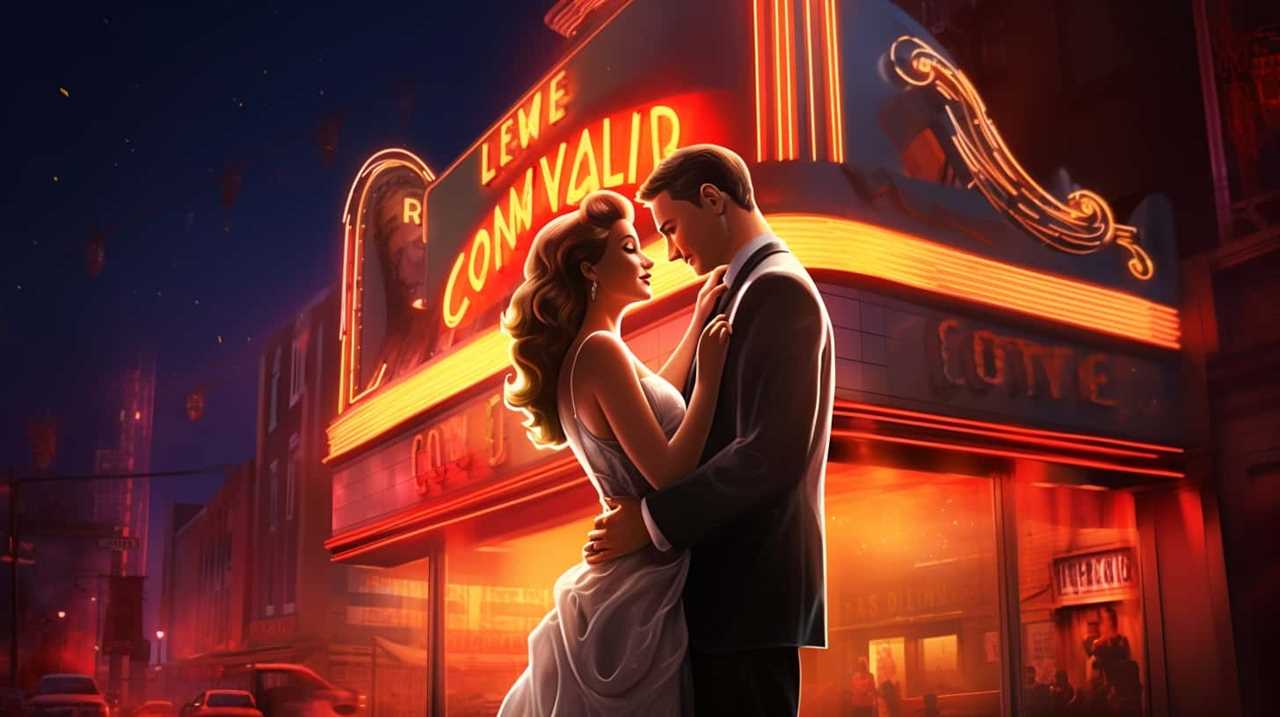
Innovation in comedy lies not only in creating new jokes but also in crafting memorable one-liners that stand the test of time. These movie quotes have achieved just that, becoming a testament to the power of humor and the art of comedic timing.
Hilarious Lines That Have Stood the Test of Time
As we delve into the realm of hilarious lines that have stood the test of time, it’s fascinating to see how these memorable one-liners continue to crack us up. Classic comedies have given us some of the most iconic and timeless humor in the history of cinema. These lines have become ingrained in popular culture, and their ability to make us laugh hasn’t diminished over the years.
One such example is from the movie ‘Airplane!’ released in 1980. The line, ‘Surely you can’t be serious,’ followed by the response ‘I am serious, and don’t call me Shirley,’ has become a beloved classic. The simple wordplay and deadpan delivery make it a perfect example of timeless humor.
Another memorable line comes from the 1974 film ‘Blazing Saddles.’ When a character says, ‘Excuse me while I whip this out,’ before pulling out a harmonica, it’s impossible not to burst into laughter. The unexpected twist and the delivery by the talented cast make it a line that still resonates with audiences today.

These hilarious lines have stood the test of time because they tap into universal human experiences, using wit and cleverness to create moments of pure comedic gold. They continue to bring joy and laughter to audiences, proving that classic comedy and timeless humor never go out of style.
Unforgettable Comedic Moments on the Big Screen
When it comes to comedy on the big screen, there are certain moments that are simply unforgettable. One of the key factors that make these moments so hilarious is the impeccable comedic timing. Whether it’s a perfectly executed punchline or a well-timed physical gag, timing is crucial in delivering the comedic impact.
Additionally, memorable catchphrases play a significant role in creating comedic moments that stick with us long after the movie ends. From ‘I’ll be back’ to ‘You talking to me?’, these lines become part of our cultural lexicon and are often quoted in everyday conversations.
Impact of Comedic Timing
In the world of comedy, there’s no denying the power of a well-timed joke to leave audiences in stitches. Comedic timing’s influence is evident not only in movies but also in stand-up comedy. The ability to deliver a punchline with perfect timing can make or break a joke.

It’s all about creating anticipation and then delivering the unexpected. Stand-up comedians, in particular, rely heavily on comedic timing to keep their audience engaged and entertained. The pause before the punchline, the subtle change in tone, or the perfectly timed gesture can turn an ordinary joke into a hilarious moment that lingers in our minds long after the laughter fades.
Speaking of unforgettable moments, let’s now delve into the world of memorable catchphrases.
Memorable Catchphrases
I can’t help but crack up when these movie one-liners hit the screen with their unforgettable comedic moments. Classic catchphrases have the power to become embedded in our cultural lexicon, forever associated with the films that birthed them. They’re the lines that we repeat to our friends, the ones that make us burst into laughter even when we’re alone.
The success of these catchphrases lies not only in their cleverness but also in the comedic timing with which they’re delivered. From ‘I’ll be back’ in Terminator to ‘There’s no place like home’ in The Wizard of Oz, these catchphrases have become iconic, forever etched in our minds. They remind us of the hilarity that can be found in the most unexpected places, and they continue to bring joy to audiences even years after their initial release.

Cultural References in Humor
Continuing the exploration of memorable catchphrases, these cultural references in humor on the big screen leave a lasting impact on audiences, evoking laughter and creating unforgettable comedic moments.
These references tap into the shared experiences and knowledge of a particular culture, making them relatable to a wide range of viewers. Whether it’s a clever nod to a famous historical event or a playful jab at a popular trend, these cultural references add an extra layer of depth and meaning to the comedy.
Furthermore, comedic timing plays a crucial role in delivering these references effectively. The perfectly timed delivery of a cultural reference can elevate a joke from funny to hilarious, highlighting the cultural significance and allowing audiences to appreciate the cleverness behind it.
Now, let’s delve into the magic behind these laugh-inducing one-liners.
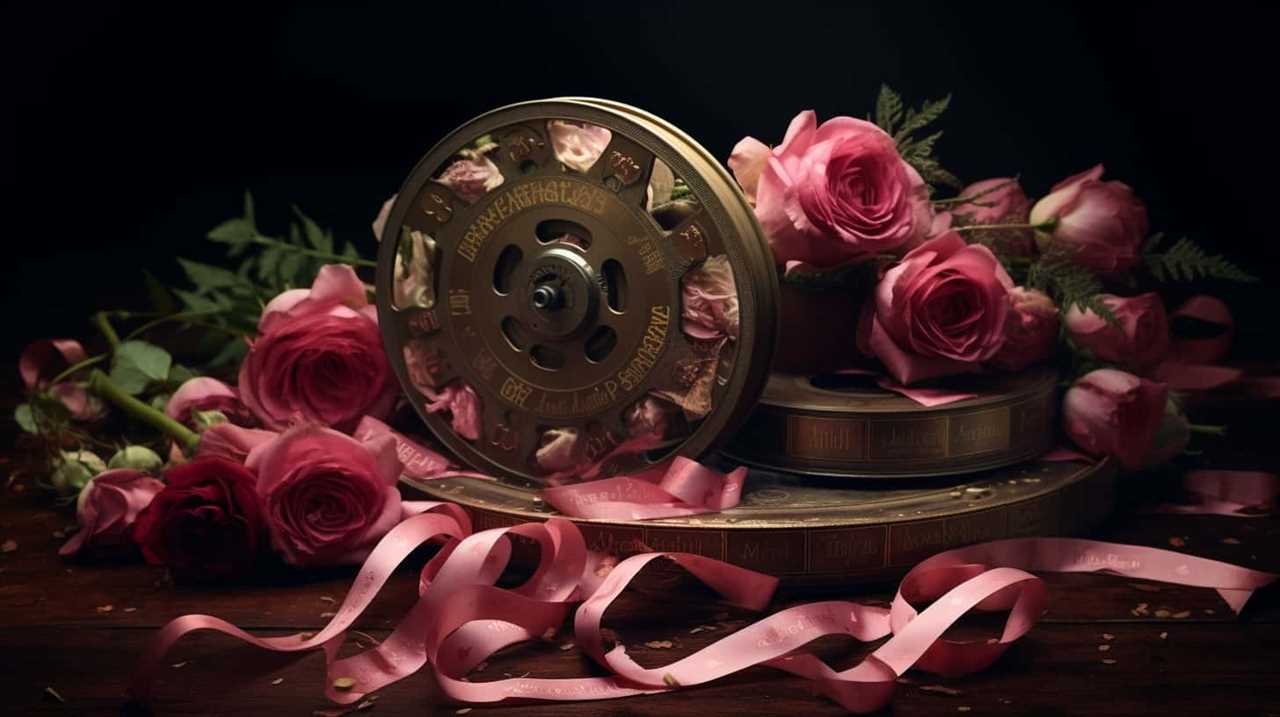
The Magic Behind These Laugh-Inducing One-Liners
Have you ever wondered why certain movie one-liners have the power to crack us up every single time? It’s not just the words themselves, but the way they’re delivered that makes them so hilarious.
Comedic timing is crucial in creating the perfect punchline, where a mere pause or a well-timed gesture can amplify the laughter.
Additionally, these one-liners often tap into cultural references and relatable situations, making them even more amusing to audiences.
Humor in Concise Phrases
With the clever use of concise phrases, the magic behind these laugh-inducing one-liners becomes apparent. These memorable comedic moments are crafted using comedic timing techniques that leave audiences in stitches.

Here are three reasons why humor in concise phrases is so effective:
- Punchiness: One-liners pack a punch by delivering a witty and unexpected punchline in a short amount of time. This brevity allows for maximum impact and keeps the audience engaged.
- Simplicity: The best one-liners are often simple and relatable, making them easy to understand and appreciate. By tapping into universal experiences or common themes, these phrases resonate with a wide range of viewers.
- Surprise factor: One-liners thrive on the element of surprise. Whether it’s a clever twist, a play on words, or a sharp observation, these concise phrases catch us off guard and elicit genuine laughter.
Impact of Comedic Timing
How does comedic timing contribute to the magic behind these laugh-inducing one-liners? It’s all about the delivery. Comedic timing techniques are crucial in creating that perfect moment of hilarity. The way a line is delivered can make or break a joke.
A well-timed pause, a perfectly placed emphasis, or a sudden change in tone can amplify the comedic effect and leave the audience in stitches. But comedic timing is more than just a skill, it has a profound psychological impact on us. When a punchline is timed just right, it catches us off guard, triggering a sudden release of tension and surprise.
This release brings about a sense of relief and joy, making us burst into laughter. So, the next time you find yourself laughing uncontrollably at a movie one-liner, remember that it’s the perfect comedic timing that makes the magic happen.
Cultural References and Relatability
As a movie lover, I can’t help but appreciate the magic behind these laugh-inducing one-liners when they cleverly incorporate cultural references and relatability. It’s fascinating to see how filmmakers use cultural stereotypes and pop culture references to create moments that resonate with audiences.
Here are three reasons why these elements make these one-liners so effective:
- Cultural Stereotypes: When a movie playfully exaggerates cultural stereotypes, it taps into our shared understanding of those stereotypes and allows us to laugh at them. By highlighting the absurdity of these stereotypes, it challenges our preconceived notions and encourages us to see things from a different perspective.
- Pop Culture References: Incorporating references to current events, celebrities, or iconic moments from popular culture adds an extra layer of relatability to the one-liners. It connects the movie to the real world and makes us feel like we’re in on the joke. These references create a sense of familiarity and make the humor more accessible to a wide range of viewers.
- Universality: Despite the specific cultural references, the best one-liners still manage to transcend boundaries and resonate with audiences from different backgrounds. They tap into universal experiences and emotions that we can all relate to, reminding us that laughter is a universal language that brings us together.
Exploring the Appeal of Witty Movie Dialogue
Whenever I hear a witty movie line, I immediately find myself laughing out loud, unable to resist the cleverness and charm that these dialogues exude. There’s something about a well-crafted one-liner that has the power to evoke uncontrollable laughter. It’s not just the words themselves, but the comedic timing and genius behind them that truly make them shine.
Witty movie dialogue has a unique appeal because it combines intelligence with humor. It takes a quick wit and a sharp mind to come up with these lines, and when delivered with impeccable timing, they become comedic gold. These clever quips often catch us off guard, leaving us in stitches and wanting more.

What sets apart these one-liners from other forms of comedy is their ability to surprise and delight us. They make us think, and then they make us laugh. They offer a fresh perspective or a clever twist on a familiar situation, making us see it in a whole new light. It’s this element of surprise and unexpectedness that keeps us coming back for more.
Understanding the art of crafting funny lines in films is like unraveling a complex puzzle. It requires a deep understanding of human nature, an awareness of cultural nuances, and a keen sense of timing. In the next section, we’ll delve into the creative process behind these comedic gems and explore the techniques that make them so memorable.
Understanding the Art of Crafting Funny Lines in Films
Crafting funny lines in films requires a deep understanding of comedic timing, cultural nuances, and human nature. As a writer, I’ve come to appreciate the intricacies of creating comedic wordplay and delivering it with precision. Here are three key elements that contribute to the art of crafting funny lines in films:
- Timing: Just like in stand-up comedy, timing is everything. A well-timed punchline can elevate an ordinary line into something hilarious. It’s about finding the perfect moment to deliver the line, allowing the audience to process the setup and anticipate the comedic payoff. This skill requires a keen sense of rhythm and an innate understanding of how to build comedic tension.
- Cultural Nuances: Humor varies across cultures, and what may be funny in one country may fall flat in another. Crafting funny lines in films requires a deep understanding of cultural references, stereotypes, and social dynamics. By tapping into these cultural nuances, writers can create jokes that resonate with a wide range of audiences, resulting in laughter that transcends borders.
- Human Nature: At its core, comedy is about highlighting the absurdity and quirks of human behavior. Funny lines in films often exploit universal experiences, emotions, and situations that we can all relate to. By tapping into our shared human nature, writers can create lines that elicit laughter and make us feel connected. Understanding human psychology and observing everyday interactions is essential to crafting funny lines that resonate with the audience.
Crafting funny lines in films is an art that requires a delicate balance of comedic timing, cultural understanding, and a deep appreciation for the nuances of human nature. By mastering these elements, writers can create memorable lines that will have audiences laughing long after the credits roll.
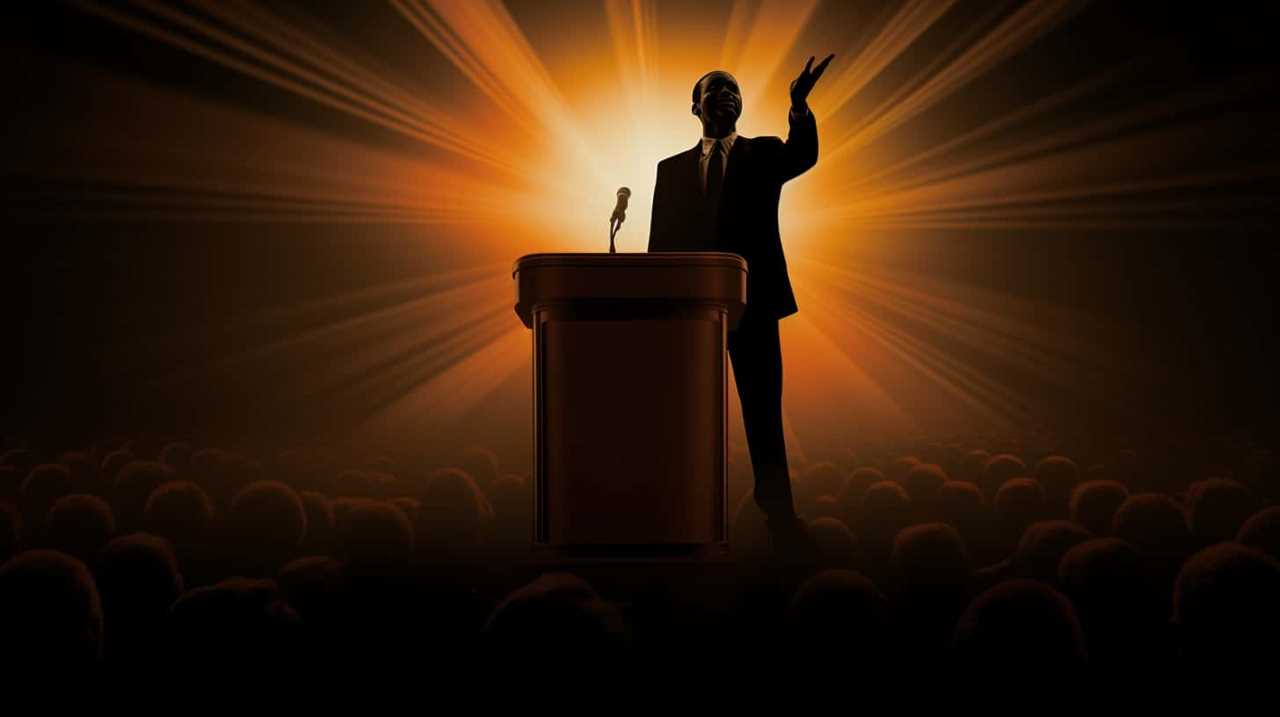
Frequently Asked Questions
What Are Some Classic One-Liners That Are No Longer Considered Funny?
Classic one-liners that were once considered funny have lost their humor over time due to the evolution of comedy. Outdated jokes no longer resonate with audiences seeking innovative and fresh comedic material.
How Do Actors Remember Their Iconic Movie Quotes?
Actors rely on memory techniques to remember their iconic movie quotes. These techniques can include repetition, visualization, and association. By mastering these techniques, actors can effortlessly deliver their lines and captivate audiences with their unforgettable one-liners.
Are There Any Lines That Were Improvised and Became Iconic?
There’s something special about improvised iconic lines in movies. They have a way of sticking with us, becoming memorable movie quotes that crack us up. It’s a testament to the creativity and wit of talented actors.
What Factors Contribute to a Line Becoming a Timeless Comedic Moment in a Film?
Factors such as delivery, timing, and relatability contribute to a line becoming a timeless comedic moment in a film. These elements create a connection with the audience, making the line memorable and capable of cracking us up for years to come.
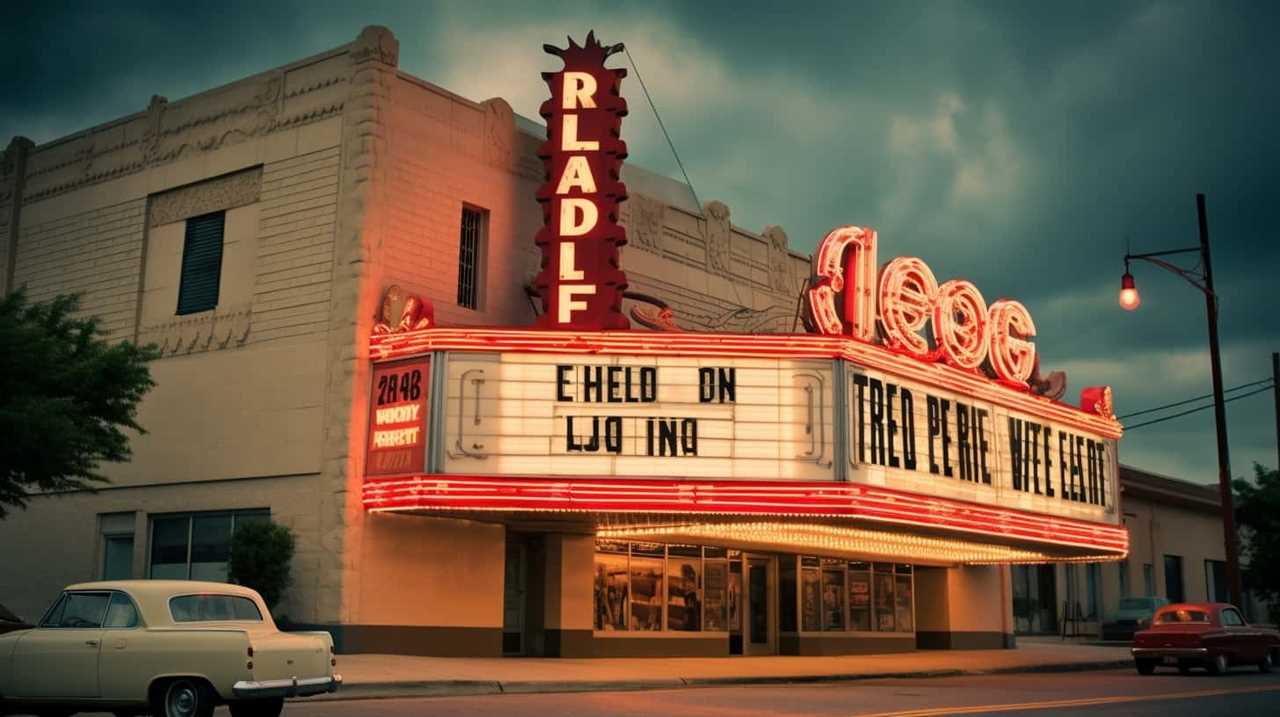
How Do Filmmakers Strike a Balance Between Humor and Plot Development in Crafting Funny Lines?
Crafting funny lines in films requires striking a delicate balance between humor and plot development. The importance of comedic timing cannot be overstated, as it enhances the delivery of funny lines. Additionally, the success of humorous one-liners ultimately hinges on audience reception.
What Makes Movie Quotes, Both Classic and Cult, So Memorable and Funny?
Movie quotes have a lasting impact, with classic and cult film quotes resonating with audiences for decades. The perfect blend of humor, emotion, and timing makes them unforgettable. Whether it’s a memorable one-liner or a funny exchange, these quotes become part of pop culture and continue to entertain generations.
Conclusion
In the world of movies, one-liners hold a special place in our hearts and never fail to make us laugh. These witty and clever lines have become iconic, standing the test of time and creating unforgettable comedic moments on the big screen.
The magic behind these laugh-inducing one-liners lies in the art of crafting funny dialogue. As viewers, we’re captivated by the skillful combination of words and timing, creating a coincidental harmony that leaves us in stitches.
Lauren’s talent in writing is matched by her passion for storytelling. Her love for books and deep understanding of culture and entertainment add a distinct flavor to her work. As our media and press contact, Lauren skillfully bridges the gap between afterQuotes and the broader media landscape, bringing our message to a wider audience.




